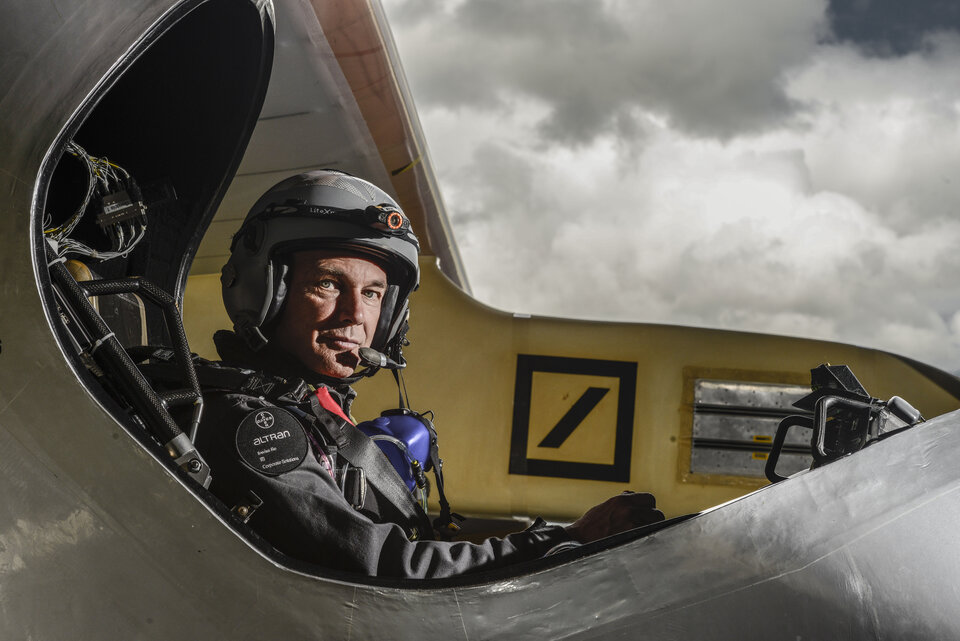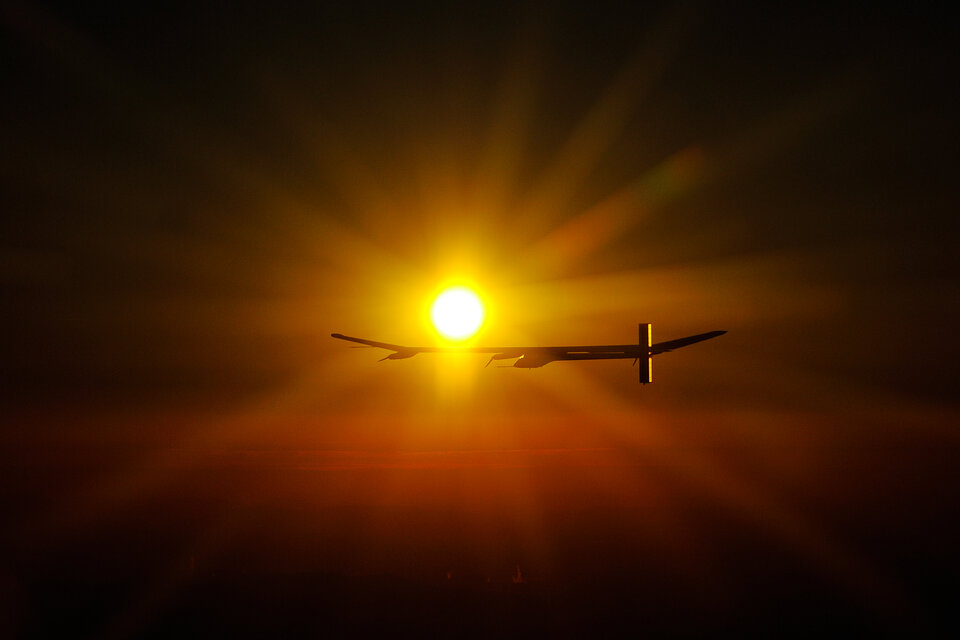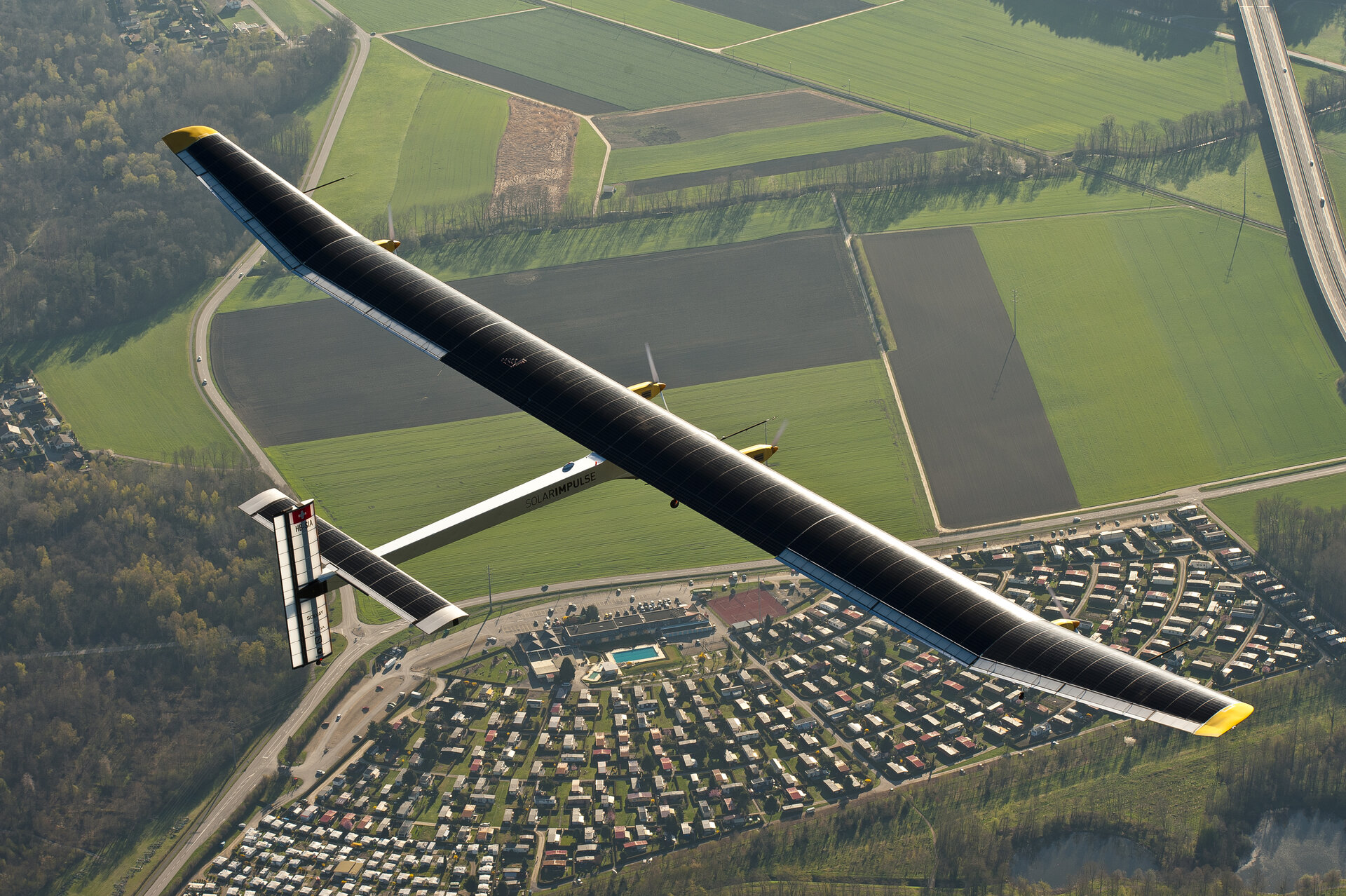Solar plane flying high
Imagine flying into the sunset in an aeroplane powered by solar energy! An innovative plane that can fly day and night without fuel spent the early summer making its way across the United States of America. Having been supported by ESA in its early days, Solar Impulse is flying high and rewriting the record books. The journey ended in New York City on Saturday 6 July 2013, just over two months after the first leg began in San Francisco, California. The total flying time was 105 hours and 41 minutes.
Swiss pioneers Dr Bertrane Piccard and André Borschberg are the brains behind the revolutionary carbon fibre aeroplane, Solar Impulse. Back in 1999, Piccard and his co-pilot Brian Jones were the first people to balloon around the world non-stop, but the solar aeroplane was a whole new challenge.
The plane has the same wingspan as a Boeing 747 (63.4m) but is only a tiny fraction as heavy – weighing about the same as a small car at 1,600kg. A plane this big and light has never been built before. It uses 12,000 solar cells in its wing to provide the electric motors with renewable energy. Lithium batteries are used to store energy so the plane can even fly at night.

The flight across the US is the culmination of more than seven years of work. The team needed the best and lightest materials for the dream of the flight to become a reality.
ESA's expertise in batteries, photovoltaic cells, energy management systems and ultra-light construction materials was made available to the team through the Technology Transfer Programme.
Flying the plane takes as much patience and determination as developing and building it. Unlike commercial aircraft, the pilot on board Solar Impulse does not get to rest or sleep during the flight. André Borschberg flew the 1,541 km Phoenix to Dallas-Fort Worth leg of the trip – the longest ever journey for a solar aeroplane by distance – at an average speed over the ground of 84 km/h.

Bertrand Piccard sees the flight of Solar Impulse not just as an adventure or a test of technology: he believes in creating a world where there is less reliance on fossil fuels, but where powered flight will still be possible.
He has carried the names of members of the Clean Generation initiative with him in the cockpit, as well as giving custom-designed flags to civic leaders at each stop.
Solar Impulse began its journey across America from San Francisco in early May and stopped at Phoenix, Dallas - Fort Worth, St. Louis, Cincinnati, and Washington DC before finishing in New York. The team’s next big target is to fly around the world in 2015.





